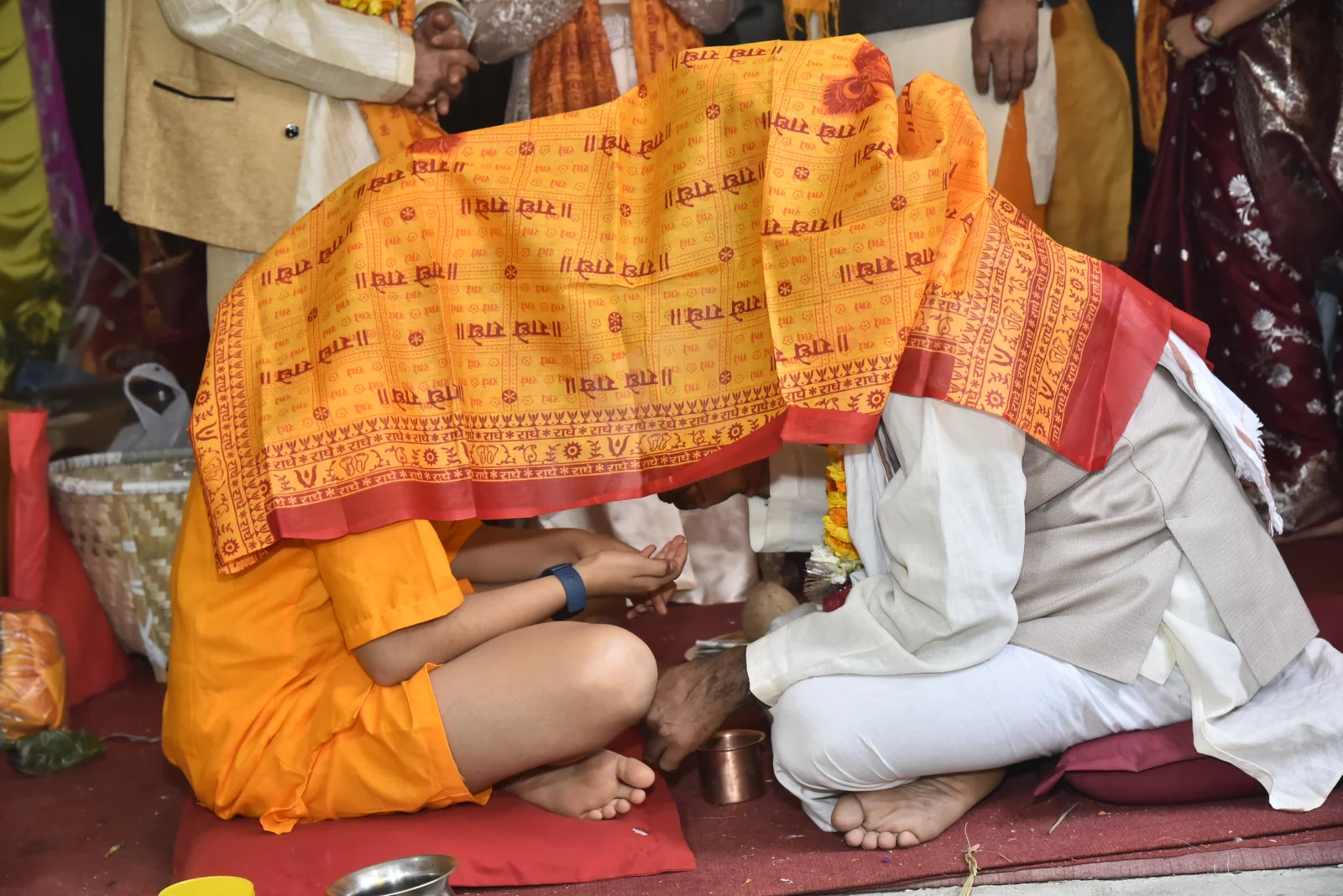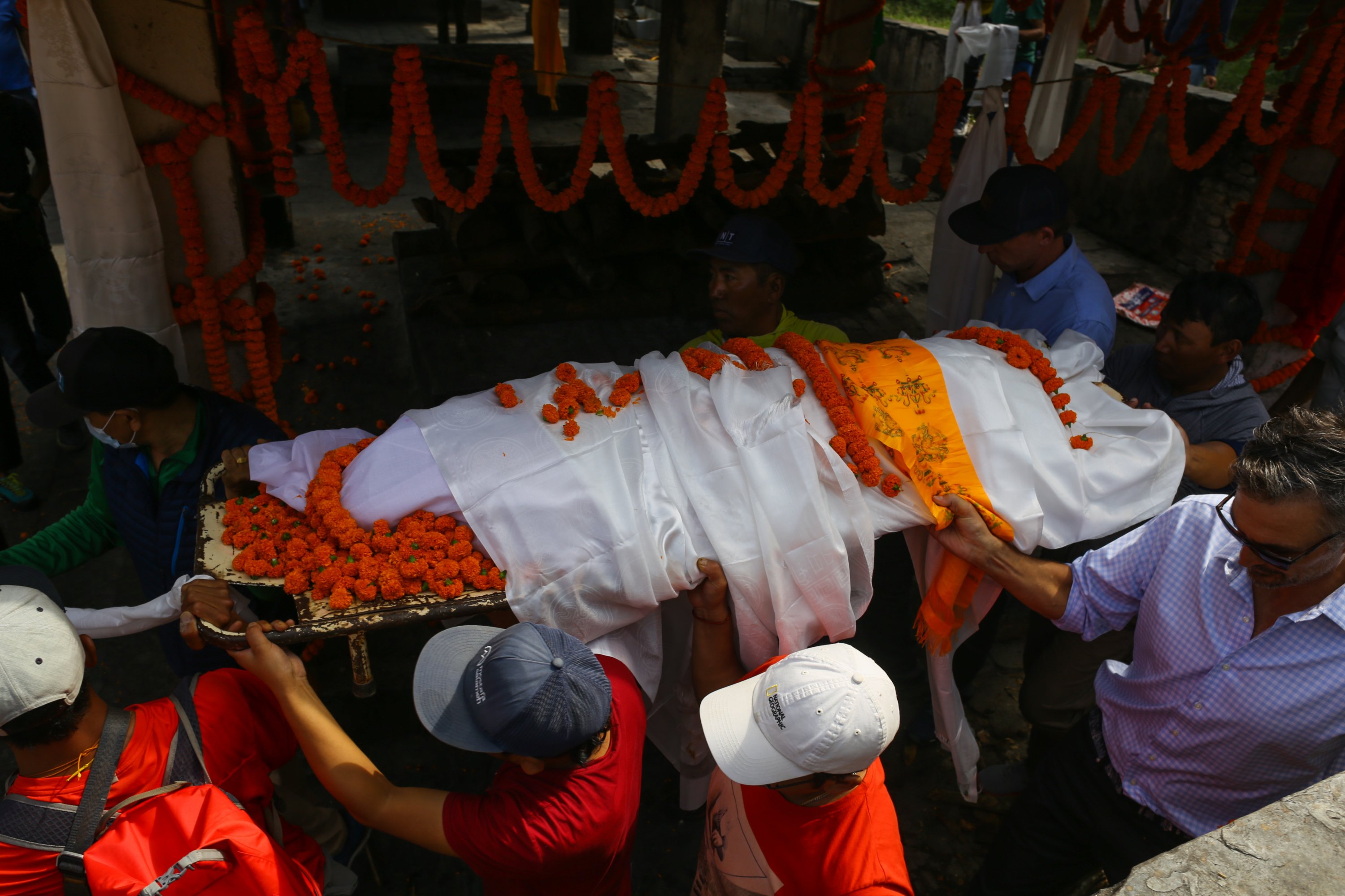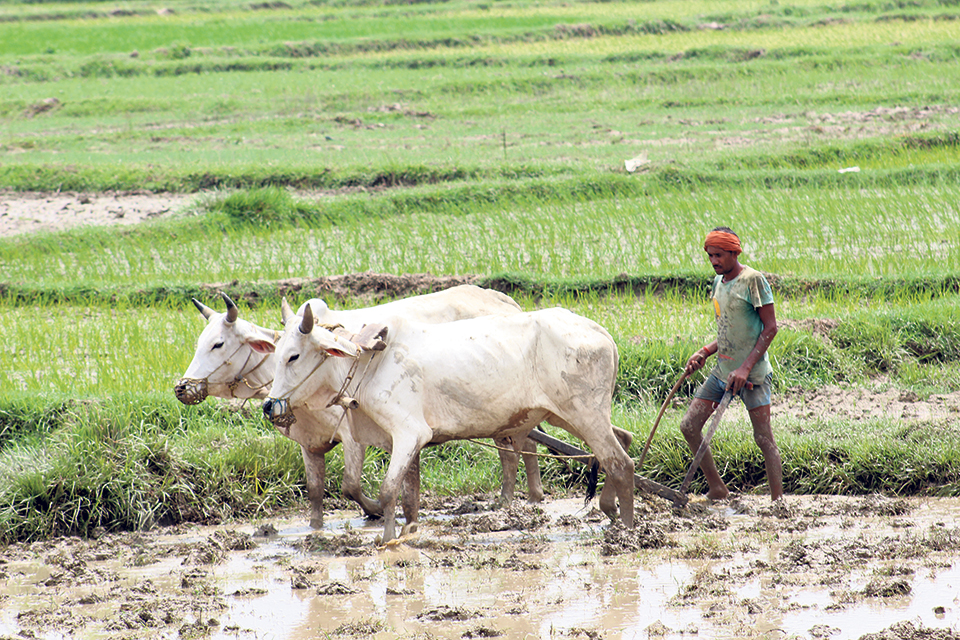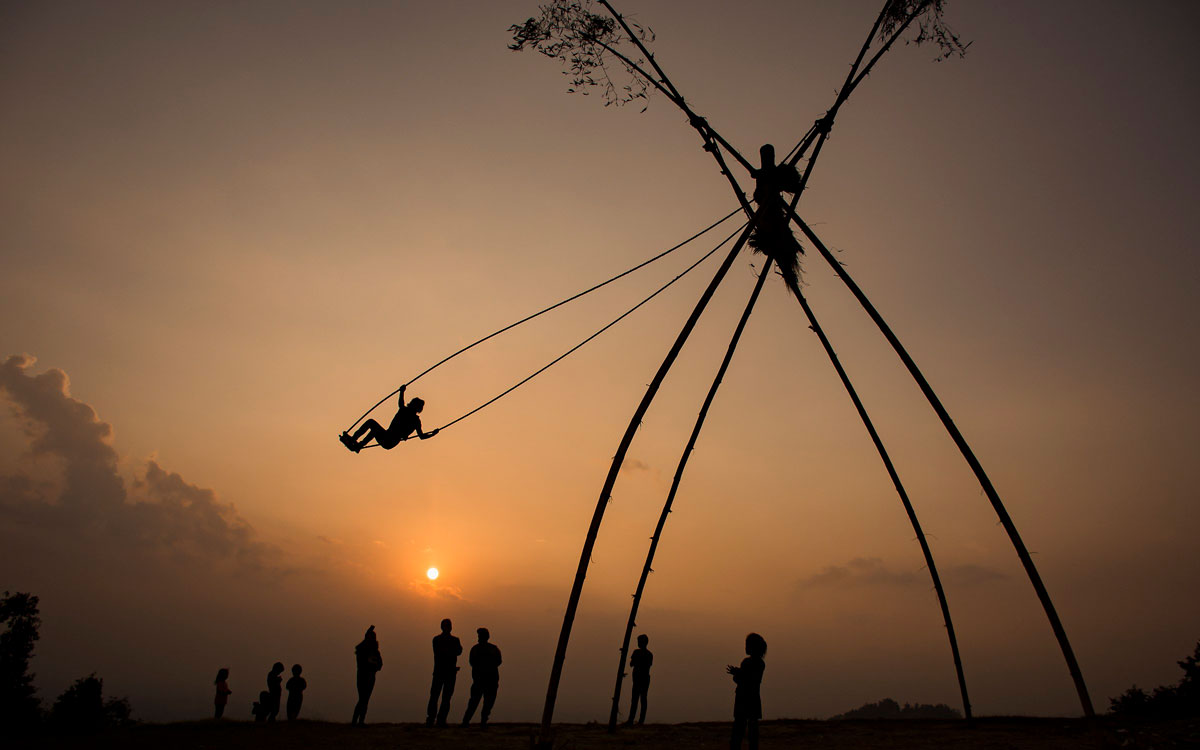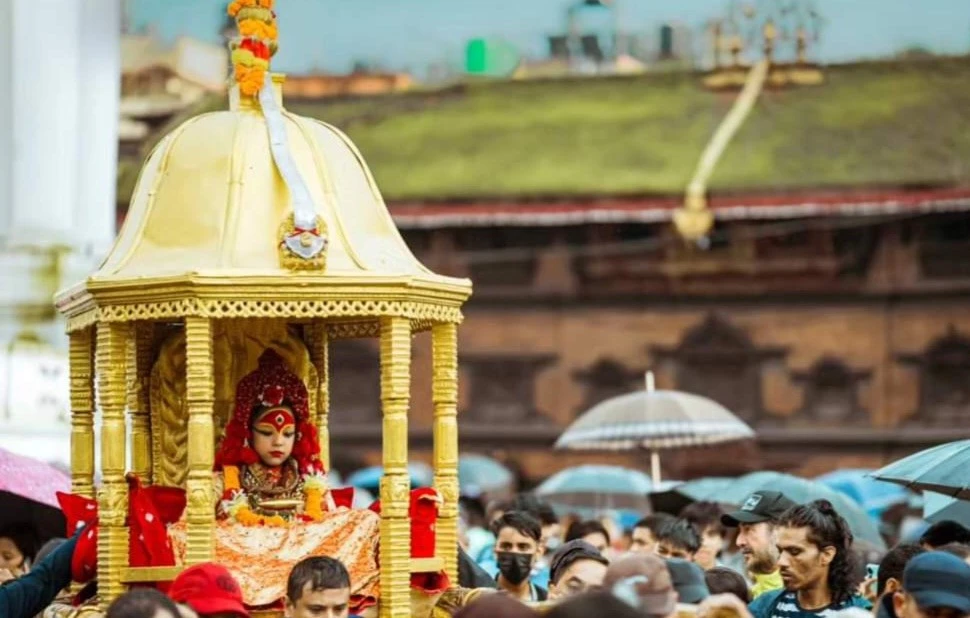Share this Article
Introduction
Nepal is home to a wide variety of cultures, ethnicities, and traditions, each with its own rhythm, ritual, and worldview. Among these, the Tharu people, native to the Terai plains stretching across southern Nepal and into northern India, stand out as one of the most fascinating and resilient indigenous groups. Known as the "people of the forest," the Tharu community has lived for centuries in close harmony with the dense jungles, rivers, and fertile plains of the Terai. Their traditions, dances, and rituals are deeply woven into the landscape, reflecting a unique bond between humans and nature.
This article takes an in-depth look at the Tharu people, exploring their forest traditions, cultural practices, spiritual beliefs, and the unique dances that continue to define their identity. At nearly ten thousand words, this is not just an overview but a cultural journey into the heart of Tharu heritage—a living tradition that has survived centuries of change.
Who Are the Tharu People?
The Tharu are an indigenous ethnic group primarily inhabiting the Terai region of Nepal, with populations spread across districts such as Chitwan, Nawalpur, Dang, Bardiya, Kailali, and Kanchanpur. They also live across the border in Uttar Pradesh and Bihar in India. The word "Tharu" is believed by some scholars to come from sthavir, meaning "followers of the Theravāda Buddhist tradition," while others trace it to tribal designations.
For centuries, the Tharu lived in isolation in the malaria-infested jungles of the Terai, where outsiders dared not settle. Their unique genetic resistance to malaria, developed over generations, allowed them to thrive in areas where many could not survive. This ecological adaptation set the foundation for their culture, as forests became not just a home but also a sacred partner in life.
The Tharu identity is diverse and internally rich. Various sub-groups—such as Rana Tharu, Dangaura Tharu, Kochila Tharu, and Kathariya Tharu—have their own dialects, customs, and dances, yet they all share a deep reverence for the forest and community life.
Historical Roots and Origins
The origins of the Tharu people are a subject of debate. Some anthropologists trace their ancestry to ancient tribes of northern India, while others link them to migrants from Rajasthan who sought refuge in the Terai forests centuries ago. Another theory suggests that they are descendants of the Malla period royals and settlers who intermarried with indigenous populations.
Despite these competing theories, one fact is clear: the Tharu people have lived in the Terai for hundreds, if not thousands, of years. Their cultural practices reflect influences of Hinduism, Buddhism, animism, and indigenous spiritual traditions, but always adapted to their environment.
The forest, for the Tharu, has historically been both protector and provider. During times of war or state oppression, the dense jungles sheltered them. During periods of scarcity, the forest supplied food, medicine, and materials for survival.
Life in the Forests
To understand the Tharu, one must understand their relationship with the forest. Traditionally, they practiced subsistence agriculture, fishing, and hunting, while also depending heavily on foraging. Wild yams, roots, fruits, honey, and medicinal herbs formed a crucial part of their diet and healing system.
Tharu houses, known as ghar, were made from locally available resources: mud, clay, grass, bamboo, and cow dung. The walls were often decorated with intricate murals and patterns, showcasing the artistic creativity of Tharu women.
Everyday life was deeply communal. Farming was done collectively, festivals were celebrated together, and dances were performed as a shared experience of joy and spirituality. The forest, in this context, was more than just nature—it was the stage of their social and cultural life.
Traditional Knowledge of Forests and Agriculture
One of the most remarkable aspects of Tharu culture is their ethnobotanical knowledge. They know which plants can cure fever, which roots are edible, which barks heal wounds, and which herbs drive away evil spirits. Their indigenous medical practices often rival modern herbalism in complexity.
In agriculture, the Tharu are experts in wet-rice cultivation. They developed intricate irrigation systems, planting schedules, and farming techniques that harmonized with the monsoon cycles of the Terai. Unlike industrial agriculture, Tharu farming was sustainable and community-oriented, ensuring long-term fertility of the land.
Medicinal Practices and Healing Traditions
Traditional Tharu healers, known as guruwas or ojhas, serve as both spiritual and medical guides. They use chants, rituals, and herbal medicines to cure illnesses, believing that sickness often arises from spiritual imbalance as much as physical causes.
Their pharmacopoeia includes dozens of forest plants, each with specific uses—such as turmeric for wounds, neem leaves for infections, and tulsi for respiratory issues. Healing rituals are often accompanied by music and dance, blurring the line between medicine, spirituality, and art.
Spiritual Beliefs and Rituals
Tharu spirituality blends Hinduism, animism, and indigenous deities. They worship mainstream gods like Shiva and Vishnu but also local deities connected to forests, rivers, and ancestors. Rituals often involve offerings of rice, grains, and animals, accompanied by communal dances that invite divine blessings.
For example, the Tharu celebrate Maghi (Maghi Parba) as their New Year festival, marking the harvest season with food, drink, and dance. This festival is also the time when marriages are arranged and community leaders are chosen.
Other rituals, such as those performed during sowing and harvesting, highlight the sacred relationship between people and land.
Festivals and Ritual Life
The Tharu calendar is dotted with vibrant festivals, each marked by music and dance:
- Maghi – New Year, family gathering, and feast.
- Ashtimki – A festival of painting and mural art, linked to Krishna Janmashtami.
- Jitiya – A women’s fasting festival for the well-being of children.
- Dashain and Tihar – Celebrated with distinct Tharu elements, including folk dances.
These festivals provide the backdrop for the Tharu’s unique dance traditions.
The Rich Dance Traditions of the Tharu
Dance is at the heart of Tharu culture. Unlike stage performances designed for audiences, Tharu dances are communal, participatory, and deeply symbolic. Each dance has a purpose—whether invoking blessings, celebrating harvests, or expressing social unity.
Jhijhiya
Performed mainly during the festival of Dashain, Jhijhiya is a ritual dance to protect villages from evil spirits. Women carry earthen pots with holes and lamps inside, dancing in circles while chanting. The flickering lights symbolize life, while the rhythmic steps drive away negativity.
Sakhiya Naach
This is one of the most popular Tharu dances, performed during Dashain and Tihar. Young men and women form groups and dance together in rhythmic patterns, often accompanied by traditional instruments like the dholak and maadal. The dance is both celebratory and a way for youths to interact socially.
Lathi Naach (Stick Dance)
One of the most energetic dances, Lathi Naach uses long sticks, which dancers clash rhythmically while moving in circles or lines. It symbolizes unity, strength, and community defense.
Jhumra Naach
Performed during harvest, this dance is slow, graceful, and deeply connected to agricultural cycles. It reflects gratitude for the land and prayers for fertility.
Other Variations
Different Tharu sub-groups have unique dances, with variations in steps, costumes, and instruments. Each performance is a living museum of cultural memory.
Music and Instruments
Tharu dances are accompanied by a variety of traditional instruments, including:
- Dholak – double-headed drum
- Maadal – small hand drum
- Jhyamta – cymbals
- Murali – flute
- Tharu bansuri – bamboo flute
These instruments are often handmade and deeply symbolic. Rhythm drives the dance, while melodies carry the community’s emotions.
Dress, Ornaments, and Symbolism in Dance
Tharu dances are as much about visual expression as movement. Women wear colorful blouses (cholo), long skirts (ghagra), and heavy silver ornaments, while men often wear dhotis and turbans.
The jewelry, such as tikuli, kanser, and chandrahar, is not just decorative but also carries cultural symbolism—representing fertility, protection, and status.
Gender and Community Roles in Dance
Dance in Tharu society is a collective art. Men, women, and children all participate, though some dances are gender-specific. For instance, Jhijhiya is primarily performed by women, while Lathi Naach is dominated by men.
This balance ensures that everyone has a role in cultural expression, reinforcing community bonds.
The Role of Dance in Preserving Identity
In the face of modern pressures—migration, urbanization, and cultural assimilation—dance has become a crucial way for the Tharu to preserve their identity. Performing traditional dances at festivals, weddings, and cultural programs keeps oral histories alive.
Dance is not just entertainment—it is a language of resilience.
Impact of Modernization and Change
The arrival of roads, schools, and modern entertainment has inevitably influenced Tharu traditions. Some dances risk being forgotten, while others are adapted for stage performances aimed at tourists.
Yet modernization has also brought recognition. Tharu dances are now performed at national and international platforms, showcasing their heritage to the world.
Tharu in the Global Context
Migration and diaspora have carried Tharu traditions abroad. Today, Tharu cultural organizations in countries like the USA, UK, and Middle East organize dance performances during festivals. These events help younger generations reconnect with their roots.
Efforts for Preservation and Revival
Various NGOs, cultural groups, and Tharu intellectuals are working to document and preserve Tharu traditions. Folk dance competitions, museum exhibitions, and academic research have given new life to age-old practices.
Personal Stories and Oral Histories
Oral history is central to Tharu culture. Elders recount stories of resilience—of living through malaria, of resisting outsiders, of keeping their traditions alive through dance and ritual.
One elder from Bardiya once said: “The forest is our mother. When we dance, we thank her. When we stop dancing, we forget who we are.”
Such stories highlight why dance and forest traditions remain inseparable from Tharu identity.
Conclusion: Living Heritage of the Tharu
The Tharu people embody a unique cultural synthesis of forest knowledge, spirituality, and artistic expression. Their dances are not just performances but living rituals that bind the community, protect their land, and honor their ancestors.
In a rapidly globalizing world, the Tharu remind us of the value of living close to nature and celebrating life through collective art. Their forest traditions and unique dances are more than heritage—they are a living philosophy of resilience, joy, and harmony with the earth.
Categories:
Culture & Traditions
Tags:
DiscoverNepal
,
IndigenousKnowledge
,
Ethnobotany



